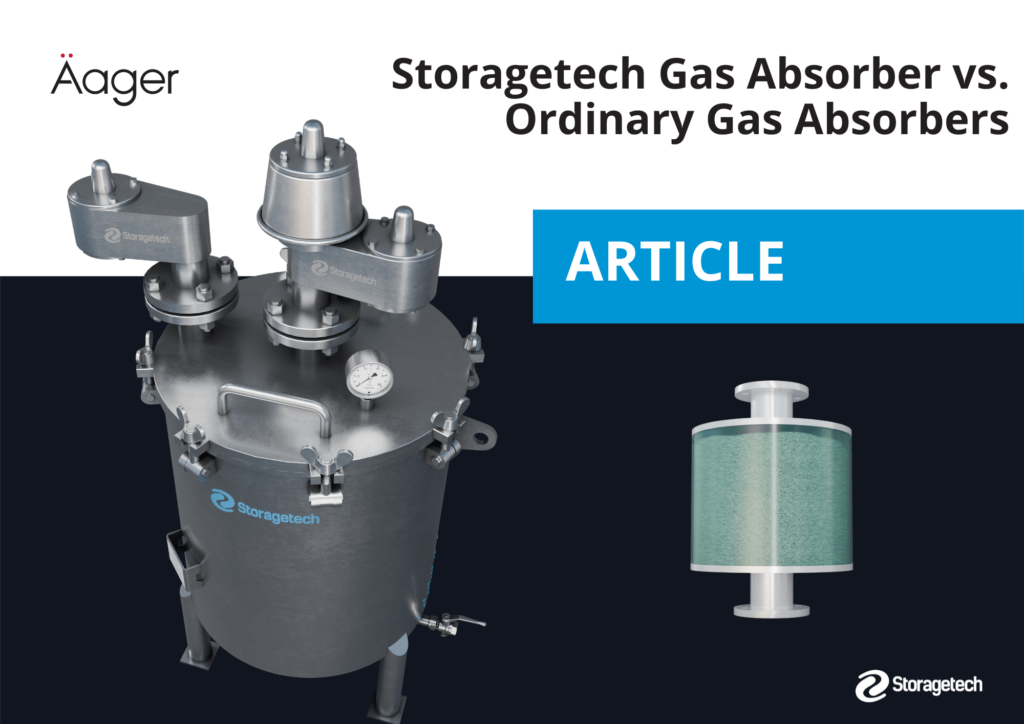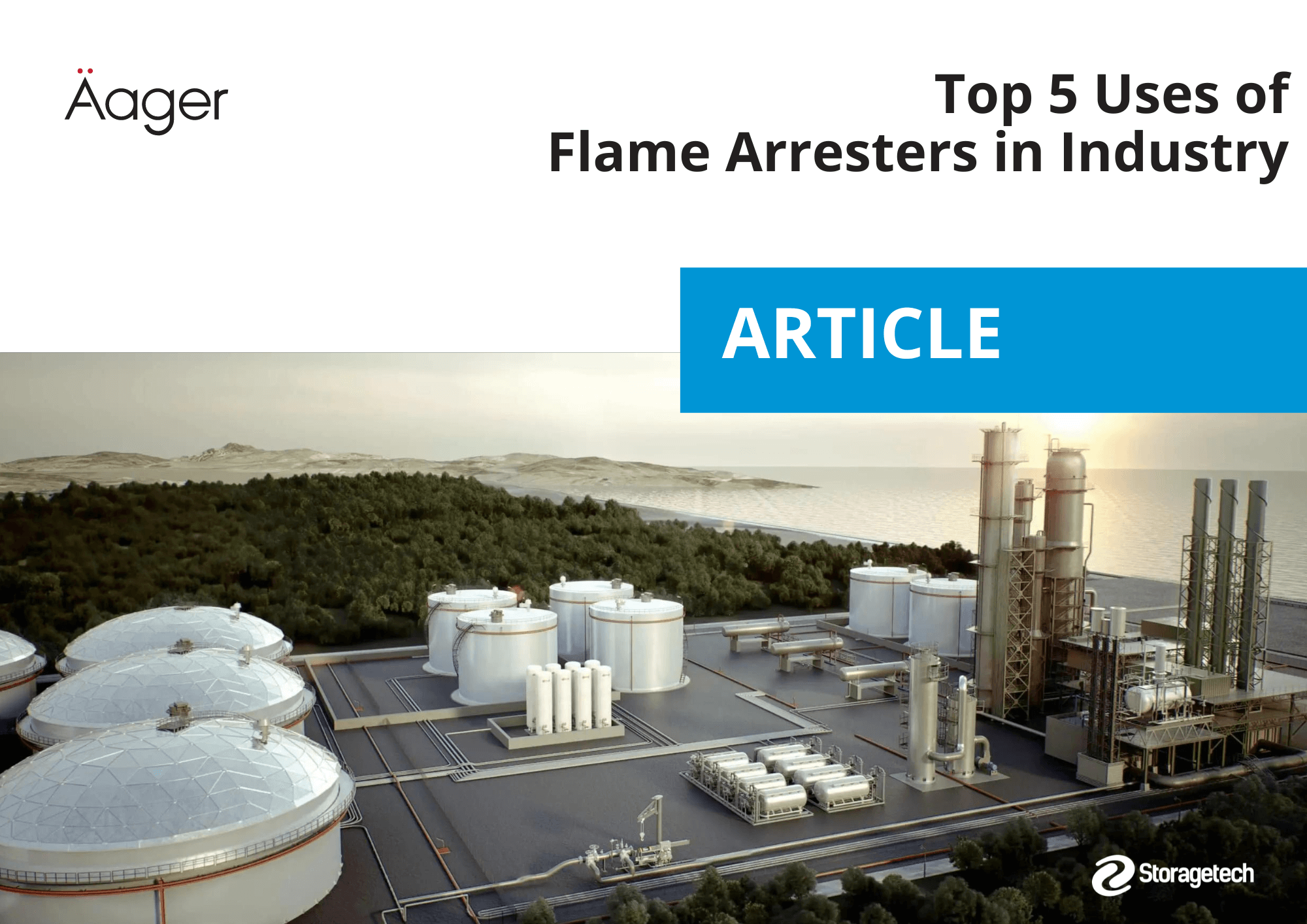
Flame arresters are essential safety devices widely used across various industries to prevent the spread of flames and explosions. These devices are crucial in protecting personnel, equipment, and the environment from potential hazards associated with combustible gases and vapors. In this detailed guide, we will explore the top five uses of flame arresters in different industries, highlighting their significance, functionality, and applications. This comprehensive analysis will provide valuable insights for engineers, safety managers, and industry professionals seeking to enhance safety measures within their operations.
1. Chemical Processing Industry
Overview
The chemical processing industry involves the production, storage, and handling of various hazardous chemicals. These chemicals often produce flammable gases and vapors, which pose significant risks if not properly managed. Flame arresters play a critical role in mitigating these risks by preventing the propagation of flames and explosions.
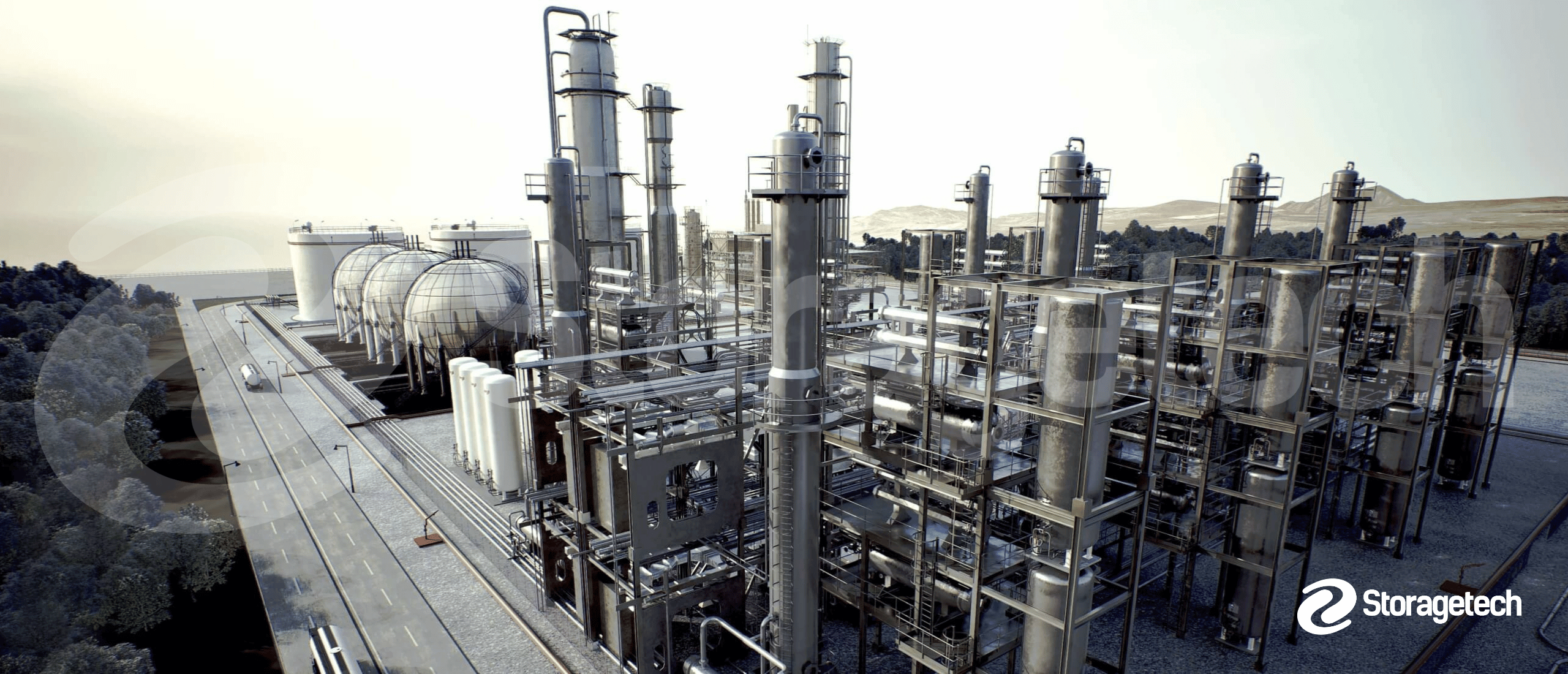
Application in Chemical Storage Tanks
Chemical storage tanks, particularly those containing volatile organic compounds (VOCs), are susceptible to internal and external ignition sources. Flame arresters are installed on vent lines to prevent flames from entering the tank and igniting the contents. This is especially important in tanks where pressure relief valves are used, as these valves can release flammable vapors during overpressure conditions.
Application in Process Piping
In chemical plants, process piping systems transport flammable gases and liquids between various processing units. Flame arresters are strategically placed in these pipelines to prevent flames from traveling through the piping system, which could lead to catastrophic explosions. For instance, inline flame arresters are used in gas lines to stop flame propagation from one section of the process to another.
Technical Details
- Material: Flame arresters in chemical processing are often made of corrosion-resistant materials such as stainless steel to withstand harsh chemical environments.
- Design: The design includes crimped metal ribbons or mesh screens that cool and quench the flame front.
- Standards: These devices must comply with industry standards such as ISO 16852 and NFPA 69 to ensure their effectiveness and reliability.
2. Oil and Gas Industry
Overview
The oil and gas industry handles highly flammable hydrocarbons at various stages, from extraction to refining. The potential for fire and explosions in this industry is high, necessitating robust safety measures. Flame arresters are integral to maintaining safety in oil and gas operations.
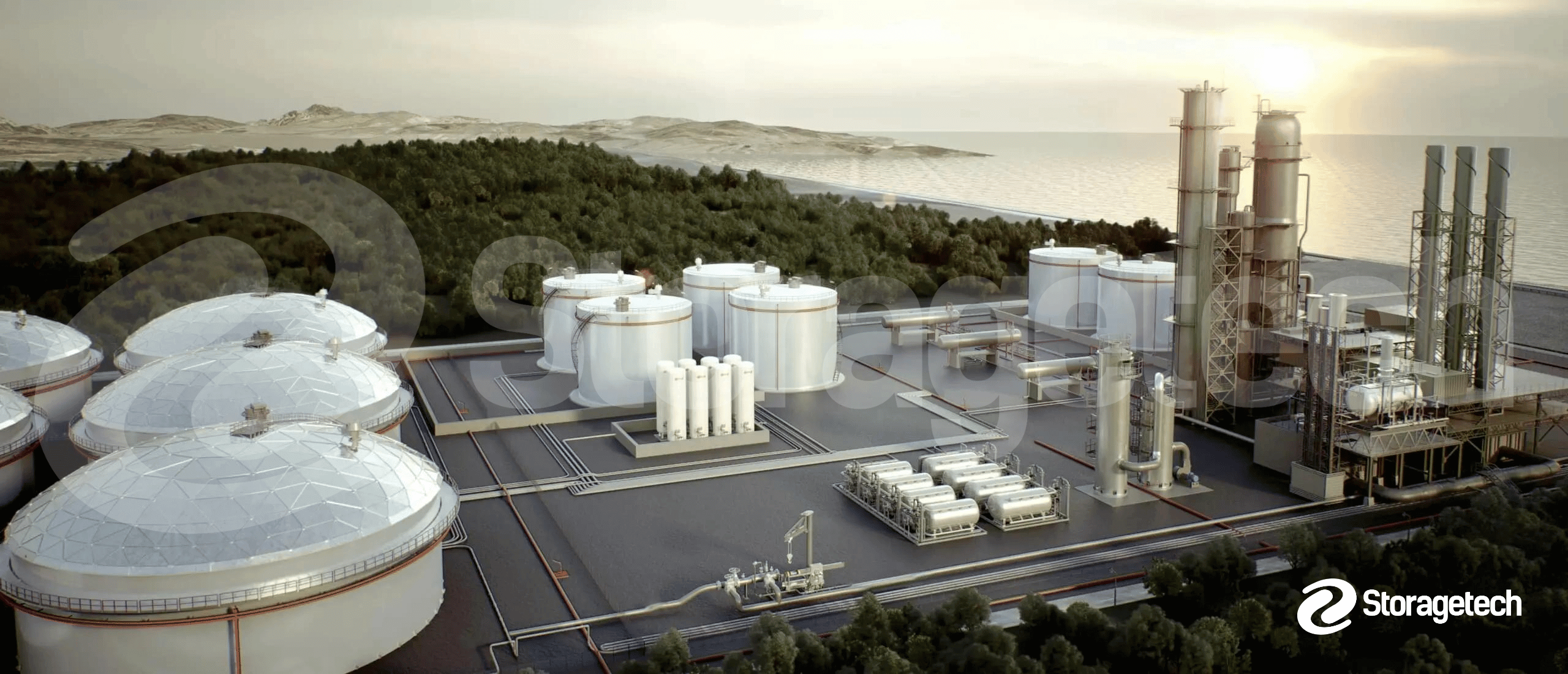
Application in Storage Tanks
Crude oil storage tanks and refined product tanks are equipped with flame arresters to prevent external flames from entering the tanks. This is particularly crucial during filling and emptying operations when vapor emissions are highest. End-of-line flame arresters are commonly used on tank vents to protect against external ignition sources.
Application in Flare Systems
Flare systems are used to burn off excess hydrocarbons safely. Flame arresters are installed in flare stacks to prevent the backflow of flames into the process areas. This is essential to avoid potential explosions and ensure the safe release of gases.
Application in Offshore Platforms
Offshore oil and gas platforms are isolated environments where safety is paramount. Flame arresters are used in various applications, including gas processing units, to prevent the spread of flames in case of an ignition event. Inline flame arresters are often used in gas compressor lines to stop flame propagation.
Technical Details
- Material: Offshore and onshore installations often require marine-grade stainless steel for corrosion resistance.
- Design: The arresters are designed to withstand high-pressure environments and are often equipped with pressure relief features.
- Standards: Compliance with API 2000 and BS 7244 standards is mandatory for oil and gas flame arresters.
3. Pharmaceutical Industry
Overview
The pharmaceutical industry involves the production of medicines and active pharmaceutical ingredients (APIs), which often requires the use of flammable solvents and gases. Ensuring safety in these processes is critical to preventing fires and explosions.
Application in Solvent Recovery Systems
Solvent recovery systems are used to capture and recycle solvents from pharmaceutical processes. Flame arresters are installed on vent lines to prevent flames from entering the recovery system, where flammable vapors are present. This is crucial for maintaining the integrity of the solvent recovery process.
Application in Reactors
Chemical reactors in pharmaceutical manufacturing often involve exothermic reactions that produce flammable gases. Flame arresters are used on reactor vents to prevent flames from entering the reactor vessel. This ensures that any external ignition source does not trigger an explosion within the reactor.
Technical Details
- Material: Flame arresters in the pharmaceutical industry are typically made of stainless steel or other non-reactive materials to prevent contamination.
- Design: These devices are designed for high efficiency in stopping flame propagation while maintaining minimal pressure drop.
- Standards: Adherence to ATEX and cGMP standards is essential to ensure safety and compliance in pharmaceutical applications.
4. Water Treatment Facilities
Overview
Water treatment facilities often deal with the generation and handling of flammable gases, such as methane, during wastewater treatment processes. Ensuring the safety of these facilities is critical to preventing explosions and ensuring continuous operation.
Application in Biogas Systems
Anaerobic digestion processes in wastewater treatment produce biogas, primarily composed of methane and carbon dioxide. Flame arresters are used on biogas storage tanks and pipeline systems to prevent flames from traveling back into the digestion system. This is crucial for preventing potential explosions and ensuring the safe handling of biogas.
Application in Gas Storage and Distribution
Flame arresters are installed on gas storage tanks and distribution lines to prevent the backflow of flames into the storage area. This is particularly important in facilities where biogas is used as a renewable energy source.
Technical Details
- Material: Flame arresters used in water treatment are often made of corrosion-resistant materials to withstand exposure to moisture and corrosive gases.
- Design: The design includes crimped metal ribbons or mesh screens that efficiently cool and quench the flame.
- Standards: Compliance with industry standards such as EN 12874 and ISO 16852 is essential to ensure the effectiveness of flame arresters in water treatment applications.
5. Food and Beverage Industry
Overview
The food and beverage industry involves processes that can generate flammable gases and vapors, such as ethanol production in brewing and distillation. Ensuring safety in these processes is critical to preventing fires and explosions.
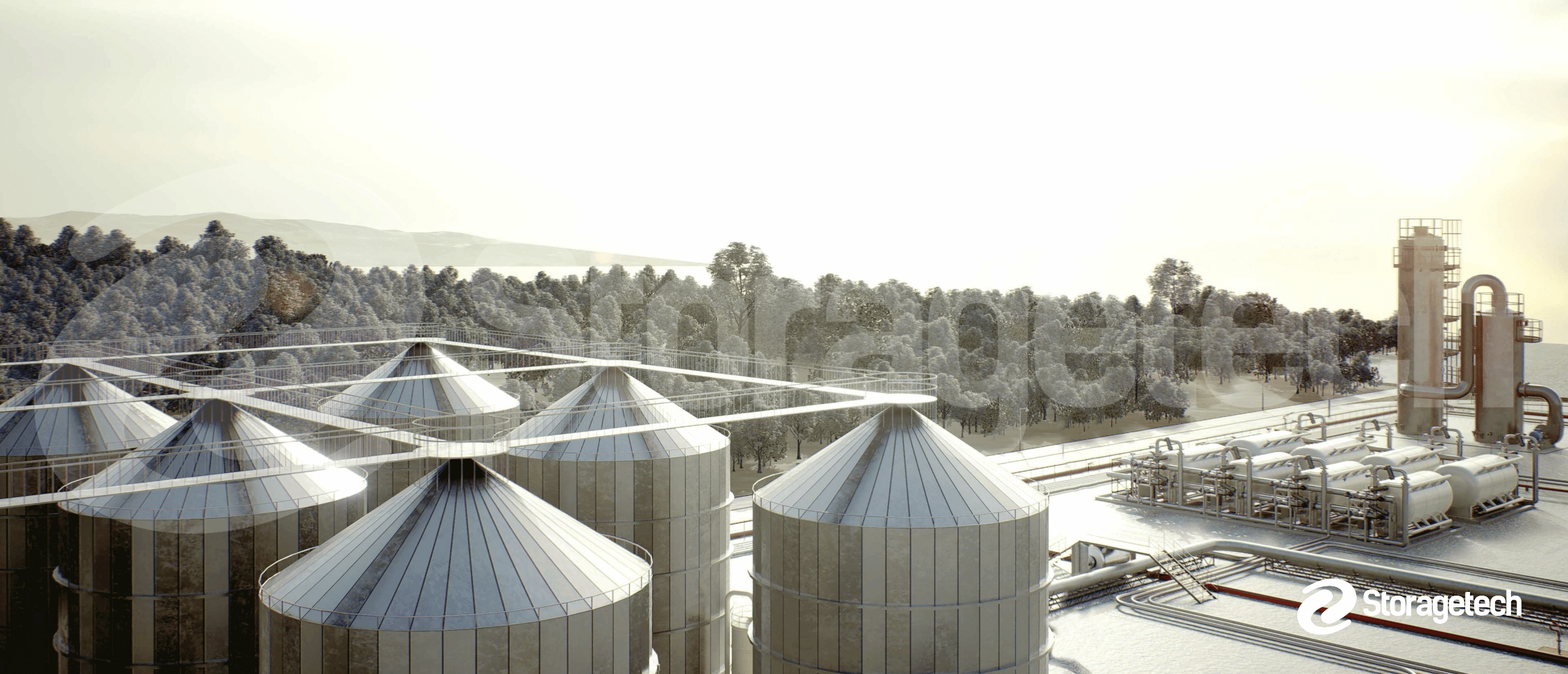
Application in Fermentation Processes
Fermentation processes in breweries and distilleries produce flammable gases such as ethanol vapor. Flame arresters are installed on fermentation tanks and vent lines to prevent external flames from igniting the flammable vapors. This is essential for ensuring the safety of the fermentation process.
Application in Distillation Columns
Distillation columns used in the production of spirits and other beverages involve the handling of flammable vapors. Flame arresters are used on vent lines and exhaust systems to prevent flames from entering the distillation column. This ensures the safety of the distillation process and prevents potential explosions.
Technical Details
- Material: Flame arresters in the food and beverage industry are typically made of stainless steel to prevent contamination and ensure hygiene.
- Design: These devices are designed for high efficiency in stopping flame propagation while maintaining minimal pressure drop.
- Standards: Adherence to industry standards such as NFPA 30 and ATEX is essential to ensure safety and compliance in food and beverage applications.
Flame arresters are indispensable safety devices across various industries, providing critical protection against the propagation of flames and explosions. By understanding the specific applications and technical details of flame arresters in different sectors, industry professionals can make informed decisions to enhance safety measures within their operations. ERGIL, with its extensive experience and expertise, offers a wide range of high-quality flame arresters designed to meet the diverse needs of industries worldwide. Whether in chemical processing, oil and gas, pharmaceuticals, water treatment, or food and beverage, flame arresters play a vital role in ensuring safe and efficient operations.

Mahmut TUNAZ
Regional Sales Manager (EU & AMER)


